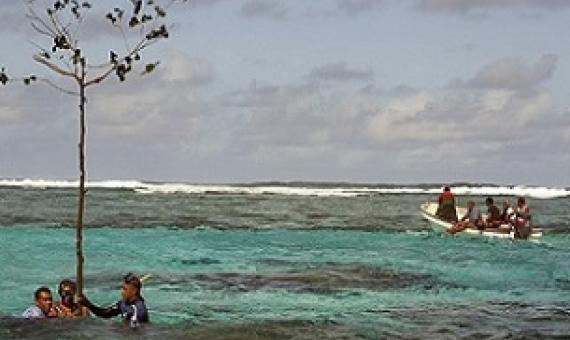Biodiversity needs every tool in the box: use OECMs
Global support is growing for the 30 × 30 movement — a goal to conserve 30% of the planet by 2030. In May, the G7 group of wealthy nations endorsed the commitment to this target that had been made by more than 50 countries in January. It is likely to be the headline goal when parties to the Convention on Biological Diversity (CBD) meet to discuss the latest global conservation agreement in May 2022 in Kunming, China. So where do the sacred forests of Estonia or shipwrecks in North America’s Great Lakes come in?










